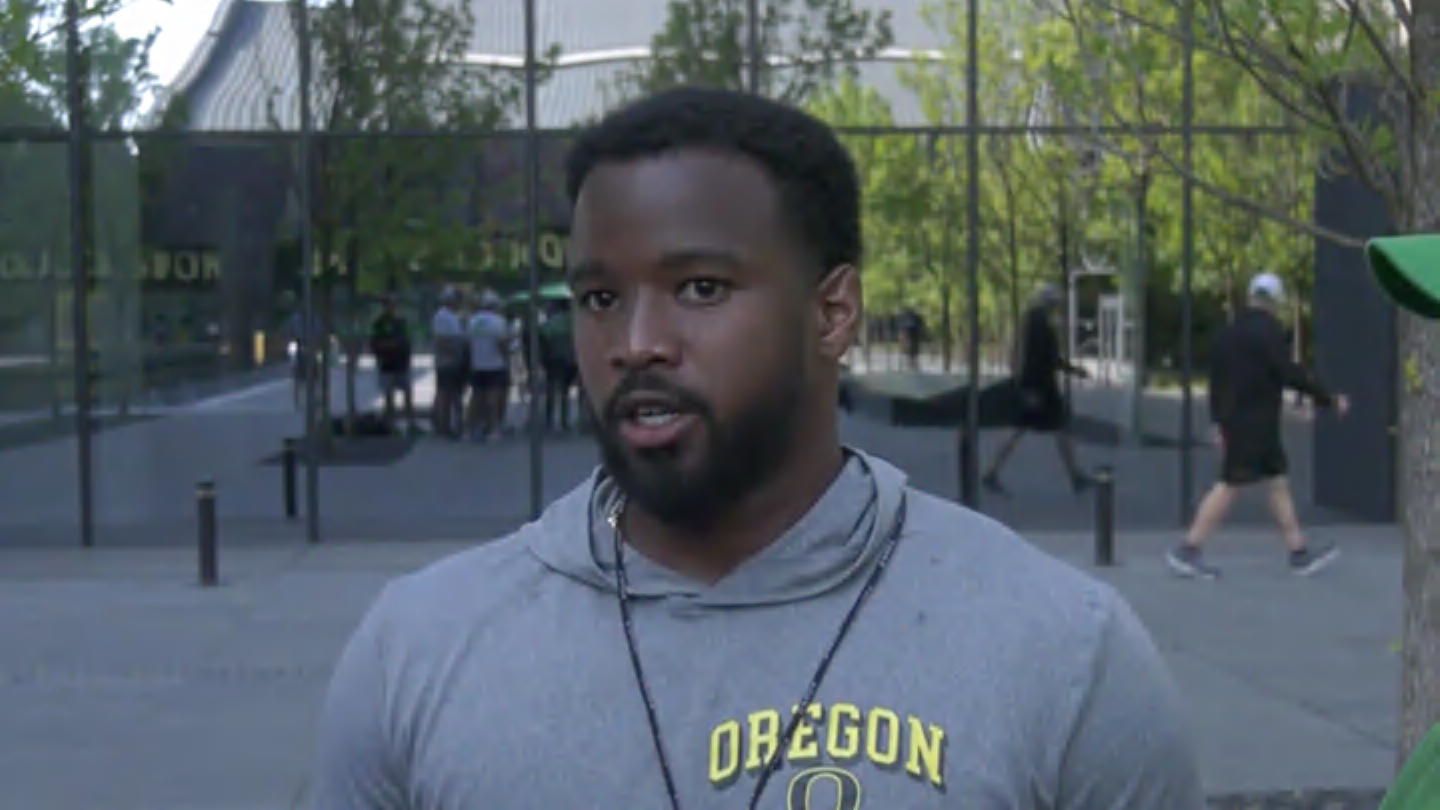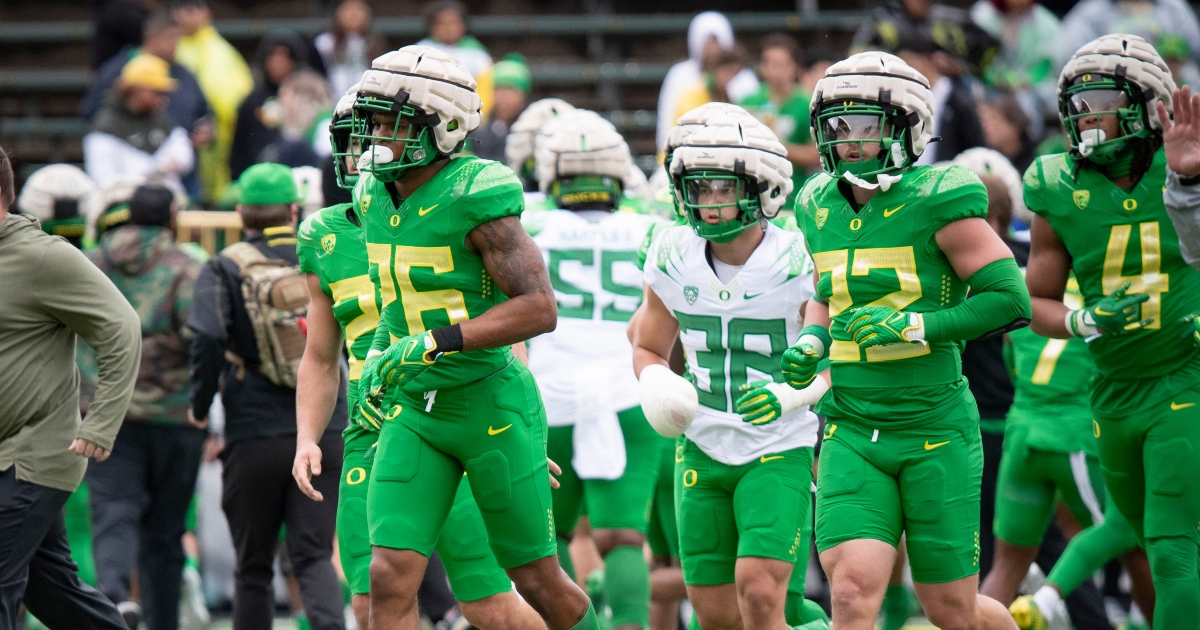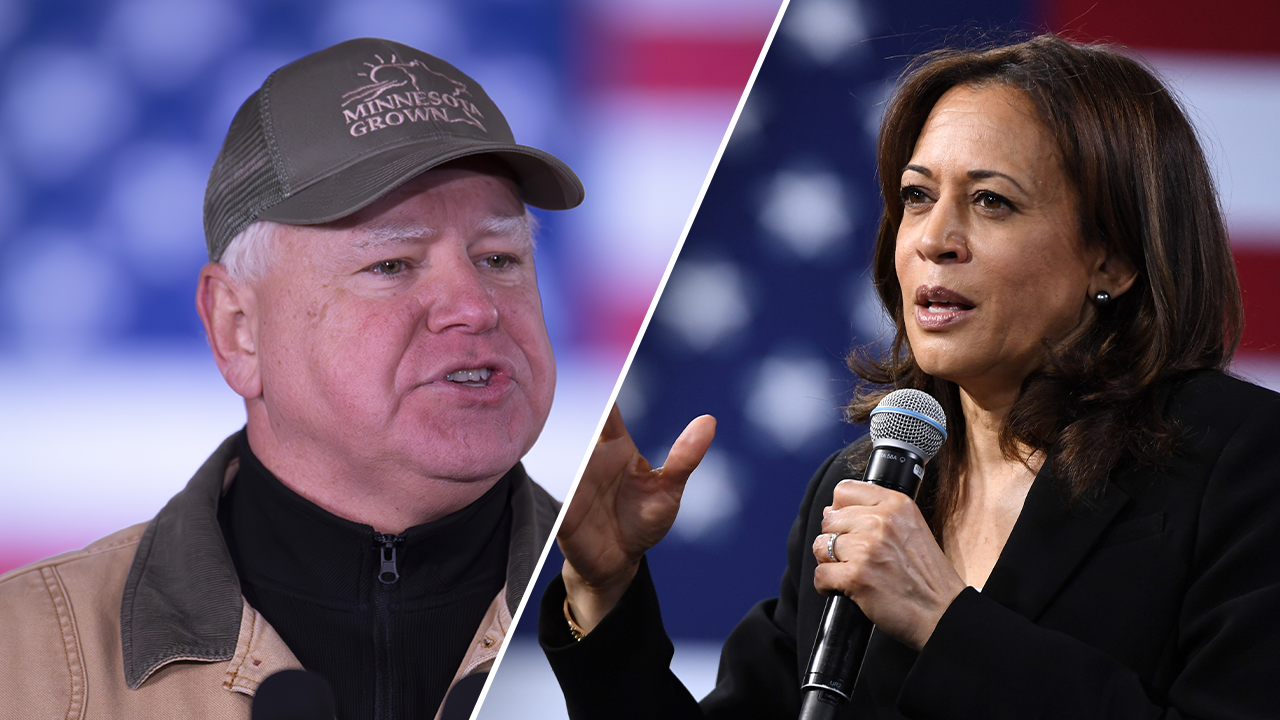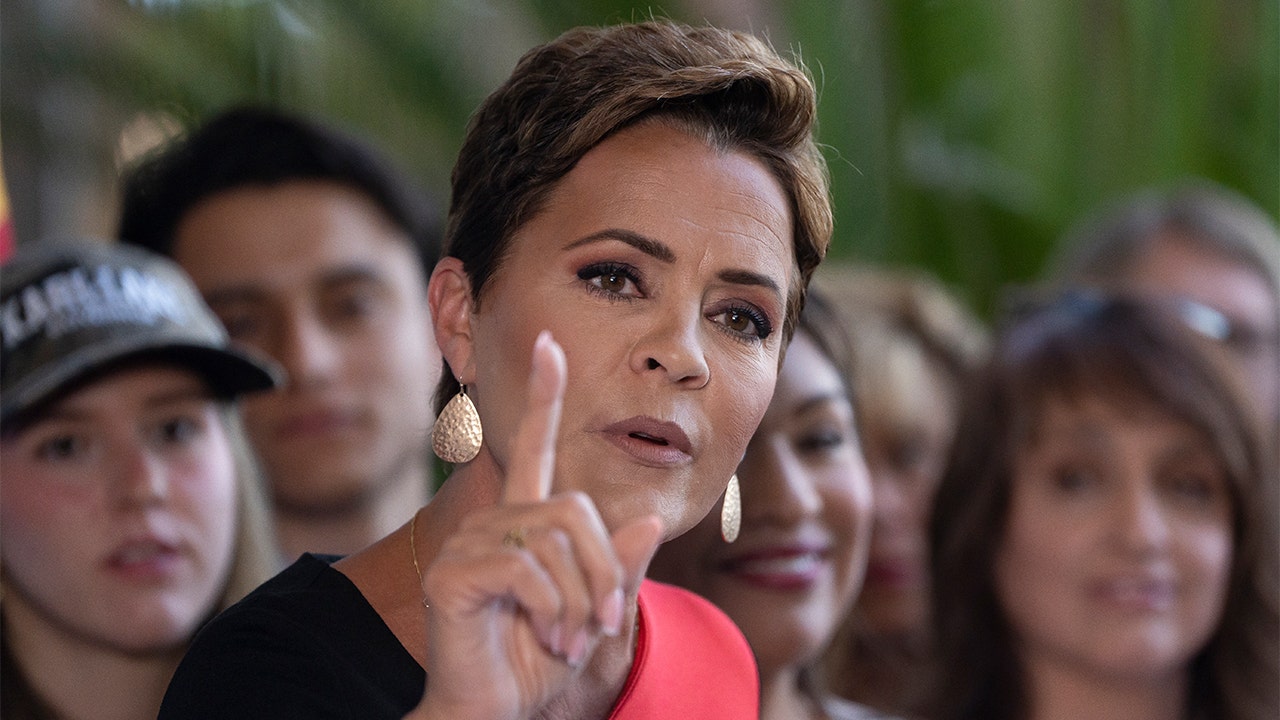Oregon
Oregon Ducks Coach Ra’Shaad Samples ‘Expects’ To Win Texas Recruiting Battles

The Oregon Ducks’ 2025 recruiting class is taking shape and flexing it’s connection to the state of Texas. Oregon coach Dan Lanning’s strong connection to Texas is partly thanks to Oregon running backs coach Ra’Shaad Samples.
Samples was the primary recruiter for the nation’s No. 1 wide receiver Dakorien Moore committed to Oregon over his hometown state’s Texas Longhorns, LSU Tigers and Ohio State Buckeyes.
Samples had a special relationship with Moore – Samples’ father is Moore’s high school head coach at Duncanville (TX).
How does it feel for Samples to sway an elite athlete away from their home state?
“I mean, it feels normal. I think that’s what Dan expects of me,” Samples said after Oregon practice on Monday. “That’s what I expect of myself, so I mean, it’s part of the job. That’s what I came here to do to be able to sign some of these guys, – bring a different landscape, bringing in guys from Texas, and winning recruiting battles. It’s a part of the job at this level and it’s an expectation for me, it’s the standard for me, it’s the standard that Dan expects from me, it’s why he brought me here.”
Samples commit list also includes four-star running back Tradarian Ball (Texarkana, TX), running back Dierre Hill (Belleville, IL) and running back Jordon Davison (Mater Dei, Santa Ana, CA.)
Lanning hired Samples, who is just 29 years old, in April from Arizona State. He is a top-10 recruiter and ranked as the No. 1 recruiter in the Pac-12 Conference last season. Samples was the wide receivers coach and passing game coordinator at Arizona State in 2023. In 2022, he earned the honor as the youngest position coach in the NFL as running backs coach for the Los Angeles Rams.
“Oh, it’s been great (to recruit as a Duck) Just being here, being connected with the staff, some of the guys we’ve been able to recruit I think we’ve been able to create some momentum both in 25 and 26,” Samples said. “So it’s been fun, man, just learning how to do things here. Just learning the landscape of the team, of Eugene, and just being able to share that with recruits has been awesome.”
Oregon’s 2025 class and 2026 class are both currently ranked No. 6 in the country.
MORE: Oregon Ducks Coach Will Stein Drawing ‘Crazy Trick Plays’ On Restaurant Napkins
MORE: Oregon Coach Dan Lanning’s ‘Relentless’ Defense Ready To Force Turnovers in Big Ten

Oregon
Can AI help fight wildfires?

In this image provided by the Oregon Department of Transportation, the Durkee fire burns in the background as it nears Interstate 84 near Huntington, Ore., early Sunday, July 21, 2024. (Oregon Department of Transportation via AP)AP
Large forest fires fueled by climate change have burned over 1 million acres in California and Oregon, marking a particularly destructive start to wildfire season and hastening the need for new solutions.
It’s no surprise that much of that focus is on artificial intelligence, a burgeoning and hopeful technology that has also stirred fears and anxiety about its potential consequences, such as eliminating human jobs and industries.
AI is already used to mitigate the threat of wildfires nationwide, helping communities in the drought-hit West and places like Maui find, avoid, fight, and recover from them.
AI can help detect the first signs of smoke, spot fires from satellites, and predict where fires may start and how they will burn in certain terrains. On July 23, the Biden administration announced a $20 million investment that will improve detection, tracking, and provide public safety data.
The federal government maintains an online tracking system that offers a trove of live wildfire data neatly displayed on a map. It can show the location and size of fires, including associated smoke plumes and air sensor readings, acting as early warning systems for residents in neighboring communities and states.
While AI has been useful for residents, there are reservations about its effectiveness on the front lines, where humans remain the best form of defense against wildfires.
Max Alonzo, a 12-year wildland firefighter veteran and current Secretary-Treasurer of the Washington, D.C.-based National Federation of Federal Employees, told Reckon that he doesn’t believe AI has made much of a difference and has detracted from major pay and welfare disputes within the federal government’s wildland firefighting service.
“Artificial intelligence cannot pay our men and women enough,” said Alonzo, whose organization is leading a multi-year effort to secure a permanent pay increase and benefits for wildland firefighters. “It can’t raise the budget to create housing in rural areas for our land management employees. It can’t address the mental health issues we see with our men and women deployed to these fires for months at a time.”
Alonzo said he’s unaware of any formal AI training or planning within the service. However, he did note that as the threat from climate change has grown, the resources needed to fight wildfires have not and are becoming increasingly difficult to maintain.
“I’m sure there is a place for AI,” he added. But I have not seen where it can really make any positive impact at this point.”
The average wildland firefighter’s pay is typically around $34,000 a year but was significantly increased in 2021 by a temporary $20,000 bump that expired in Sept. 2023. However, with predictions that 50% of firefighters would quit without a new pay deal, the increase was extended by another year.
The U.S. House passed a $330 million pay increase, and there are encouraging signs that the plan will pass the U.S. Senate. But money is just one of the issues. High rates of suicide, homelessness and cancer remain major points of contention as pay negotiations continue.
Big wildfire season
Nearly 30,000 wildfires have burned around 4.7 million acres in 2024, higher than the 10-year average, according to the National Interagency Fire Center (NIFC).
The Durkee Fire in Oregon’s Blue Mountain region is 86% contained as of Monday after burning around 300,000 acres since July 17. Started by lightning strikes, it’s one of the largest wildfires in state history. Dozens of other large blazes in the state are close to collectively surpassing the massive and destructive 2020 season, which burned around 1.2 million acres.
California’s Park Fire has burned close to 400,000 acres but was allegedly started on purpose. It’s the fourth largest in state history and is around 30% contained.
It was hoped that heavy summer rains would deter drought conditions, but a triple-digit heatwave in July left large chunks of the West vulnerable. Smoke from the fires has spread to northern Canada, the Gulf of Mexico, and the Atlantic Ocean, according to the NIFC.
AI has shown some promise in mitigating the worst of wildfires and helping plan ahead.
In the aftermath of the Maui wildfires, which were started by downed powerlines but exacerbated by dry conditions, Michigan State University researchers produced highly detailed maps that allowed them to track how the fires started and spread. The maps can help with remediation efforts and assess future risks, like the location of forests and vegetation in relation to at-risk communities. Other AI technologies under consideraation in Hawai’i enable officials to make hyper-local wildfire predictions using rainfall, soil moisture and wind speeds. According to scientists at the University of Hawai’i, dry brush and high winds are strong predictors of wildfires.
Although some AI wildfire technology may be years away from reaching its full potential, combining it with advances in robotics, software, and climate change research could help with more than just detecting and fighting fires, such as monitoring flooding.
Here are some ways technology is helping:
1. Early detection and monitoring
- Satellite imagery: Satellites equipped with thermal sensors and infrared cameras can detect hotspots and monitor wildfire spread in real-time.
- AI-supported wildfire sensors: Ground-based sensors enhanced with artificial intelligence (AI) analyze data in real-time to detect early signs of wildfires, such as smoke, temperature spikes, and unusual atmospheric conditions.
- Drones: Unmanned aerial vehicles (UAVs) provide high-resolution images and real-time data, even in remote or inaccessible areas. They can also detect heat signatures and map fire perimeters.
2. Prediction and risk assessment
- Machine learning: Algorithms analyze vast amounts of data, including weather patterns, vegetation moisture levels, and historical fire data, to predict wildfire risk and behavior.
- Weather forecasting models: Advanced meteorological models predict conditions conducive to wildfires, such as high winds and low humidity, enabling better preparedness.
- GIS mapping: Geographic Information Systems (GIS) map high-risk areas by analyzing topography, vegetation, and human activity, helping to allocate resources more effectively.
- Flooding sensors: Post-fire sensors can monitor areas at risk of flooding due to vegetation loss and altered landscapes, providing early warnings and risk assessments.
3. Communication and coordination
- Incident management systems: Integrated systems like the Incident Command System (ICS) help coordinate responses by providing a common platform for communication and resource allocation among multiple agencies.
- Mobile apps: Apps like “Wildfire Info” and “Fires Near Me” provide real-time updates and alerts to the public, helping communities stay informed and safe.
4. Suppression and containment
- Aerial firefighting: Advanced aircraft equipped with infrared cameras and water or retardant dropping systems, such as I4F foam, are used to combat fires. These include helicopters, drones, and fixed-wing planes.
- Robotics: Ground-based firefighting robots can navigate hazardous terrains to create firebreaks, clear vegetation, and apply fire retardants, reducing risk to human firefighters.
- Firefighting equipment: Innovations like fire-resistant drones and autonomous vehicles enhance firefighting capabilities and safety.
5. Post-fire analysis and recovery
- Remote Sensing: Post-fire, remote sensing technology assesses damage, maps burned areas, and monitors vegetation recovery.
- Data Analytics: Analyzing data from past wildfires helps improve future responses and strategies. This includes understanding fire patterns and the effectiveness of suppression techniques.
Oregon
Best, Worst, Most Likely Scenarios for Oregon Football

Trey Mcnutt Commits To Oregon
As fans begin to sense football season in the air, it’s easy to start imagining both how well the upcoming year could go and, alternatively, how poorly.
Today I’ll go through the best, worst, and most likely scenarios for how Oregon Football’s season will turn out in 2024.
Worst-case scenario:
A disaster season for the Ducks would likely involve losses to Ohio State, Michigan, and Wisconsin.
Injury is obviously the easiest way for a team to have its worst-case season but Oregon feels as injury-resistant as a team can be.
Whereas a quarterback injury would tank the vast majority of teams’ seasons, the Ducks would be able to turn to transfer Dante Moore who figures to at least be able to provide solid quarterback play in Oregon’s offense while he develops.
Other means of the Ducks hitting their floor could involve a less-than optimal fit for transfer cornerbacks Jabbar Muhammad and Kam Alexander.
Defensive tackles Derrick Harmon and Jamaree Caldwell not panning out could lead to a lack of run-stopping ability for Oregon which will be essential in the Big Ten Conference.
As always, a litany of offensive line injuries would also force Oregon to play more sideline-to-sideline which will be tougher in the Big Ten than it was in the Pac-12 Conference.
With all of this being said, I don’t see a way Oregon goes any worse than 9-3 this year.
Best-case scenario:
Picture this, if you will;
Dillon Gabriel is a seamless fit in Oregon’s offense and torches defenses with primarily short and intermediate passes to Tez Johnson and Evan Stewart.
Jordan James, Noah Whittington, and Jay Harris balance out the offense by gashing opponents on the ground behind high-level offensive line play.
Defensive line transfers and edge rusher development produce a staunch front that neither surrenders easy rushing yardage nor gives quarterbacks adequate time to throw.
Finally, Oregon’s oft-maligned secondary rounds into form behind an influx of talent in the transfer portal and returners like Jahlil Florence, Dontae Manning, and Daylen Austin developing into a highly trustable second line of cornerbacks.
If you think of this team how I do, none of this sounds unreasonable, even all at once.
I don’t think there’s a ceiling on how good this Oregon team can be.
If everything comes together, I can absolutely see the Ducks putting together an undefeated regular season.
From there, anything is possible as making it through the regular season unscathed likely means this is one of, if not the best team in the country.
Realistic scenario:
While it’s nice to think that everything will mesh perfectly for Oregon Football this year, it’s highly likely that one facet of the team will come up short of expectations.
Conversely, there will probably be a unit on this roster that’s even better than fans anticipate.
In practice, I think Oregon will drop a game to one of Ohio State, Michigan, or Wisconsin and finish the regular season 11-1.
From here, all signs point to the Ducks heading to Indianapolis for a rematch with Ohio State for the Big Ten Championship with a first-round playoff bye on the line.
Oregon
Georgia leads Ohio State and Oregon in preseason coaches poll
Georgia is the top team in the coaches poll ahead of the 2024 college football season.
The annual USA Today Top 25 was released on Monday and the Bulldogs got 46 of a possible 55 first-place votes ahead of Ohio State, Oregon, Texas and Alabama.
The Buckeyes were the clear second-place team in the poll and got seven first-place votes. The other two first-place votes went to the Longhorns and Michigan, the defending national champions.
Georgia went undefeated during the regular season in 2023 before losing to Alabama in the SEC championship game. That loss dropped the Bulldogs out of the College Football Playoff and they annihilated Florida State in the Orange Bowl to end the season.
The Bulldogs bring back QB Carson Beck after his fantastic first season as a starter. He’s a preseason Heisman favorite and the defense will likely be phenomenal once again.
Georgia does have a very tough schedule, however. The Bulldogs have road games against three teams in the top 10 of the coaches poll. UGA visits Alabama on Sept. 28, Texas on Oct. 19 and No. 6 Ole Miss on Nov. 9. Georgia also opens the season against No. 14 Clemson.
After Ole Miss, the top 10 is rounded out by Notre Dame, Michigan, Penn State and Florida State. Overall, the SEC has six of the top 12 teams in the coaches poll and has nine overall. Missouri is at No. 11 ahead of LSU, while Tennessee is at No. 15, Oklahoma is at No. 16 and Texas A&M is at No. 20.
Like the SEC, the expanded Big Ten has four teams in the top 10, but you have to go all the way down to USC at No. 23 for the next team from the conference.
Utah is the top Big 12 team in the poll at No. 13. The Big 12 has five teams in the top 25 while the ACC has four.
No team from outside the four power conferences (not counting Notre Dame) made the preseason top 25. Memphis was the Group of Five team that got the most votes and ranked fifth among the teams that didn’t make the poll.
2024 preseason coaches poll
1. Georgia
2. Ohio State
3. Oregon
4. Texas
5. Alabama
6. Ole Miss
7. Notre Dame
8. Michigan
9. Penn State
10. Florida State
11. Missouri
12. LSU
13. Utah
14. Clemson
15. Tennessee
16. Oklahoma
17. Kansas State
18. Oklahoma State
19. Miami
20. Texas A&M
21. Arizona
22. North Carolina State
23. USC
24. Kansas
25. Iowa
-

 Mississippi1 week ago
Mississippi1 week agoMSU, Mississippi Academy of Sciences host summer symposium, USDA’s Tucker honored with Presidential Award
-

 Politics1 week ago
Politics1 week agoRepublicans say Schumer must act on voter proof of citizenship bill if Democrat 'really cares about democracy'
-

 Culture1 week ago
Culture1 week agoHe raped a 12-year-old a decade ago. Now, he’s at the Olympics
-
World1 week ago
More right wing with fewer women – a new Parliament compendium
-

 World1 week ago
World1 week agoIsrael says Hezbollah crossed ‘red line’, strikes deep inside Lebanon
-

 News1 week ago
News1 week agoSonya Massey death brings fresh heartache to Breonna Taylor, George Floyd activists
-

 Politics1 week ago
Politics1 week agoSchumer calls on Trump to pick new running mate, claims Vance is 'best thing he's ever done for Democrats'
-

 News1 week ago
News1 week agoU.S. men's gymnastics team breaks 16-year Olympic drought with a team bronze





:max_bytes(150000):strip_icc():focal(749x0:751x2)/matt-damon-robin-williams-tout-080624-2b505ddcf1144d22b782b8dc97687591.jpg)









